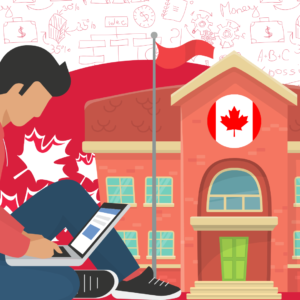Small businesses have been amongst the hardest hit, with many struggling to survive. Whether it is mom-and-pop stores, large brick and mortar retail chains, as well bars and restaurants – all these spaces are not seeing the same number of footfalls as they used to, even after partial opening.
The decline of white-collar office economy, thus, is taking its toll. It highlights a looming threat to an entire office economy worth trillions of dollars a year in GDP .
If you think about all the ancillary businesses – both big and small – that were dependent on the office goers, it comes to a large ecosystem, which is now on life support (it comes to some, 100 million people) . Think about the florists, the gyms, the dry cleaners, the shoe shiners, the coffee sellers – to name just a few – who made a living because people went into a physical workspace. Not to mention bigger names like Grubhub and UberEats who relied on these white-collar workers. It’s all silent on these fronts now.
The bankruptcies of names like Brooks Brothers and J. Crew, are a case in point. No work, no work clothes.
Then there’s Starbucks, once the Mecca of white-collar workers, which is running losses. The office workers are home, brewing their own coffee, sitting on their couches (or desks) and wearing pajamas. The queues for latte are all but gone.
When it comes to travel, it’s a similar story. 60-70% of all airline revenue was dependent on travel by the office worker. That’s come to an end, impacting revenues and sending airlines into the red.
Unsurprisingly, according to the Wall Street Journal, business travel in July this year was down 97% from last year, and an estimated USD 2 trillion in corporate travel will not happen this year.
Further, American Airlines said it will eliminate service to 15 cities in October, thus reducing its flying capacity by 55%. Delta, in a report, shared it will furlough 1,941 pilots if it can’t get more money as well. In August, Virgin Atlantic also filed for bankruptcy.
The same situation extends to hotels as well. As of July, 23.4% of mortgage-backed loans that were given to hotels were delinquent at least 30 days, amounting to $20.6 billion.







![MBA in UK for Indian Students: Best Colleges & Universities [2024]](https://tcglobal.com/wp-content/uploads/2023/02/Cover-Image-8-600x338.png)